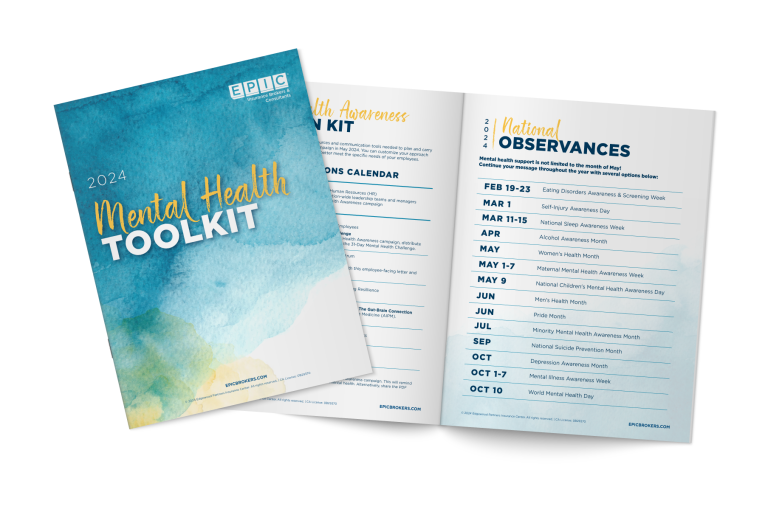As pharmacy costs continue to escalate, payors are introducing new strategies to combat spiraling costs while balancing appropriate access. But costs continue to be shrouded in mystery with jockeying between the various intermediaries for a share of the profits. The rebate game has garnered focus as pharmacy benefit managers (PBMs) maximize rebate compensation (contributing to pharmacy cost inflation) while attempting to have tight reins on net costs. As drug costs go up, so do the rebates – increasing profits to the intermediaries in the transaction. The latest issue of Benefits Pro magazine highlights new versions of these maneuvers.
Viewpoints from Craig Hasday
With the rise of specialty medication prices, facilities and other providers have latched onto how profitable dispensing and billing for medications can be and often count on a percentage of their revenue from these transactions.
While the majority of drug costs channel through the pharmacy portion of the insurance contract, an increasing share has been flowing through the medical plan. These drugs, administered by doctors and other facility-based providers, have had little medical utilization management until recently. Now health plan sponsors are fighting back.
Plan sponsors have been focusing on “site of care,” trying to steer patients away from expensive hospital outpatient settings and to places where payors have more control, such as physicians’ offices or even home-based administration.
Where steerage doesn’t work, payors have taken to using what has become known as “white bagging” or “brown bagging” requirements for specialty medications, shifting coverage for these medications on the pharmacy benefit where the typical PBM cost management tools can be implemented.
With white bagging, the patient is required to purchase drugs through a specialty pharmacy that ships the medication to the provider for administration. With brown bagging, the drug is sent to the patient who brings it to the provider to be administered. In this way, pricing can be negotiated in advance with significant cost savings. But where that doesn’t work, payors are now negotiating with pharmaceutical manufacturers – directly or indirectly through their PBM – for a share of medical drug rebates to which they may be entitled. I was surprised to learn that this might mean $5 to $15 per member per year paid to the facility or provider, which is significant and only growing. And this rebate may or may not be shared with the employer.
Our EPIC consulting team is expert at observing the moving parts of pharmacy costs… and you need to watch carefully.
EPIC offers these opinions for general information only. EPIC does not intend this material to be, nor may any person receiving this information construe or rely on this material as, tax or legal advice. The matters addressed in this article and any related discussions or correspondence should be reviewed and discussed with legal counsel prior to acting or relying on these materials.
Related Content
Products
Employee Benefits Consulting
Our dedicated EPIC benefits team is focused on delivering better outcomes – to both your benefits program ...
Products
Pharmacy Solutions
Our pharmacy experts work with the health and welfare teams to deliver certainty and direction for your ...
Products
Actuarial
Our Actuarial Team provides guidance on employee benefits and health and welfare programs to help meet ...



